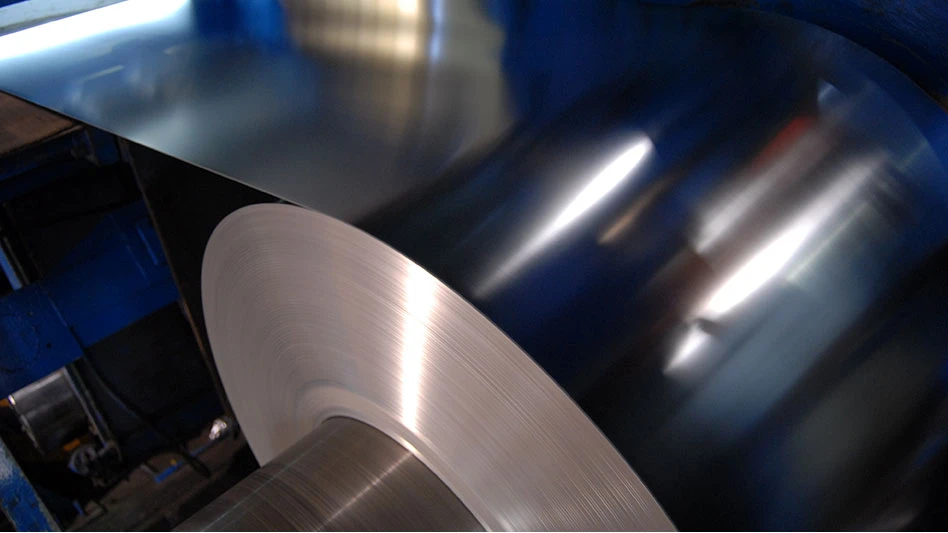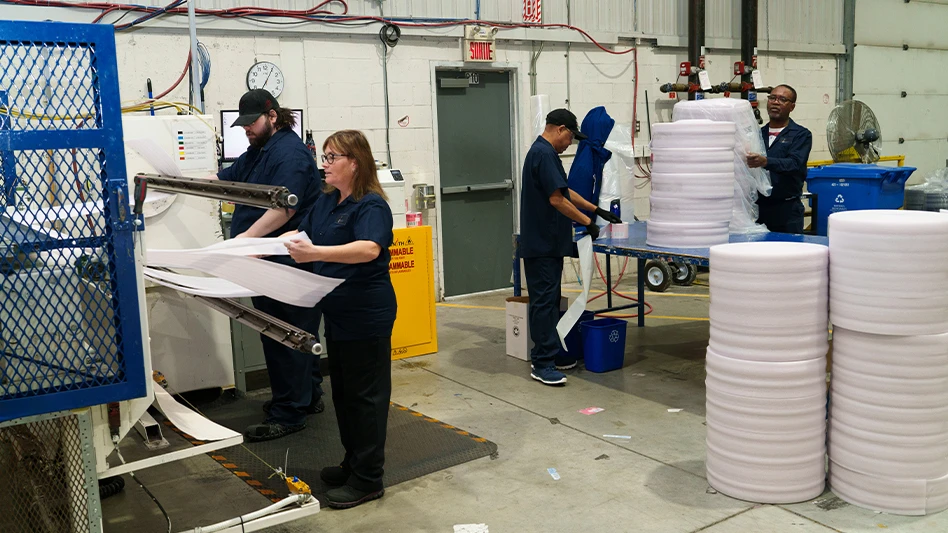Cold temperatures have been the daily diet for much of North America in February, but the ferrous scrap market remains a source of considerable heat.
To some extent, the two factors are related, as freezing temperatures have helped reduce an already tight supply of scrap in North America. A ferrous scrap buyer with operations in several Midwestern states says construction and demolition activity and overall peddler trade have both been down in February in his part of the country.
"It’s very difficult on the peddler side, and demolition scrap flow is slowing both because of the winter season and the slump in the construction industry," he notes.
In addition the literal chill, a figurative chill has set in upon not only the construction industry, but also the automotive and many other heavy manufacturing sectors.
"Houses, autos—a lot of things are not booming," says the recycler. "Most yards here are not running their equipment at full bore, and when it gets down to 2 degrees like it is here today, we may not run it at all."
The economic chill has seemingly not carried over to the steel mills, creating the conditions of steady demand versus tight supply that are helping keep ferrous scrap prices near record highs. "Despite the other downturns, mills are still running well," says one scrap recycler. "I think inventories all over the country were low and their order books are fairly full. They’re staying busy and passing on their surcharges," he comments.
The weak U.S. dollar may also be helping both scrap shippers and steelmakers. "Scrap is of course being exported, but some new steel—like specialty bar and re-bar—is as well," says the Midwestern recycler. "Our dollar is so cheap, everyone wants our goods."
A recycler in the Southeast reports that Turkish orders are keeping Gulf Coast exporters busy, while a New Jersey recycler says his export options appear to be plentiful throughout 2008.
The strength of the market continued to be reflected in pricing calculated by MSA, Pittsburgh, through its Raw Materials Data Aggregation Service (RMDAS).
February spot pricing was down from roughly $10 to $20 for different grades in different regions, but at from $330 to $405 per ton, it remained at levels considered unattainable just three years ago.
Mills throughout the United States continued to pay fairly comparable amounts for their scrap, indicating a flattening of regional differences. The widest spread for any single grade was a $14-per-ton-average difference paid for shredded scrap in two different regions.
In the RMDAS North Central/East region, mill buyers paid an average of $385 per ton for No. 2 shredded scrap (more than .17 copper content), while buyers in the North Midwest region paid $371 on average for this same grade.
The $400-per-ton benchmark continued to be surpassed for the RMDAS prompt industrial composite (No. 1 busheling and No. 1 bundles) grade, with buyers in the South region paying an average of $408 per ton.
How long can such pricing be sustained? Predictions are by their nature speculation, and both buyers and sellers of ferrous scrap seem to agree that since the market is in places where it has never previously been, trying to predict where it will go next is particularly impractical.
The wild card remains the global economy and the export market that is tied into it. When the North American economy was in the driver’s seat, housing and auto slowdowns at the same time equated to sputtering steel output and rock bottom scrap prices.
But what is happening so far in 2008 is very different, with strong Asian economies being the likeliest contributing factor. (Steelmaking capacity that is more genuinely in line with domestic demand is another factor cited by some steel industry observers.)
If export demand for finished steel begins to mirror that for ferrous scrap, there may be very little cause for downward pressure on scrap prices anytime soon.
The one recycler who would venture a guess is inclined to think that a domestic economic slowdown will eventually have an impact. "I don’t think prices will tank in the next few months, but if housing and domestic manufacturing doesn’t pick back up, I think something like a 20 percent price decrease is likely before the end of the year," he ventures.
In the meantime, the scrap market has been one of the few sources of heat during what is amounting to a chilly winter for the U.S. economy.
(Additional news about ferrous scrap, including breaking news and consuming industry reports, is available online at www.RecyclingToday.com.)

Explore the March 2008 Issue
Check out more from this issue and find your next story to read.
Latest from Recycling Today
- Nucor names new president
- DOE rare earths funding is open to recyclers
- Design for Recycling Resolution introduced
- PetStar PET recycling plant expands
- Iron Bull addresses scrap handling needs with custom hoppers
- REgroup, CP Group to build advanced MRF in Nova Scotia
- Oregon county expands options for hard-to-recycling items
- Flexible plastic packaging initiative launches in Canada





